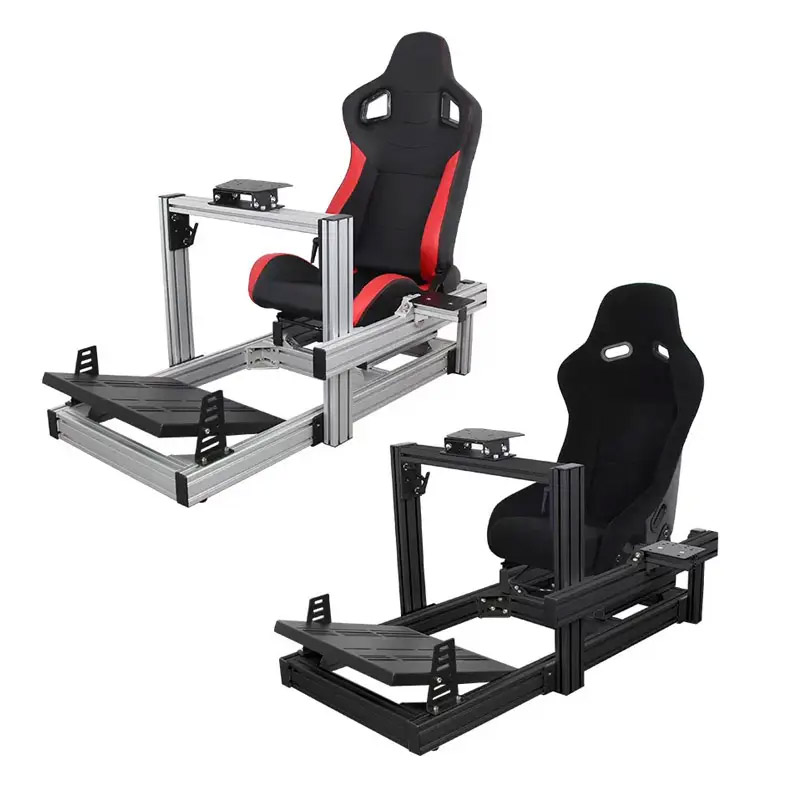
In recent years, the virtual reality (VR) industry has witnessed significant advancements, particularly in the realm of indoor VR simulators. These cutting-edge devices have revolutionized the way users experience virtual worlds, providing an immersive and interactive platform for entertainment, training, and education. At the heart of these innovations lies the aluminum frame, a crucial component that not only enhances the structural integrity of the simulators but also contributes to their sleek and modern design. As we delve deeper into the world of indoor VR simulators, it becomes evident that the aluminum frame is more than just a support system; it is a key player in the evolution of this exciting technology.
Aluminum frame simulator: Key features and benefits
Aluminum frame simulators have become increasingly popular in recent years, and for good reason. These cutting-edge devices offer a range of key features and benefits that make them stand out from other types of simulators on the market.
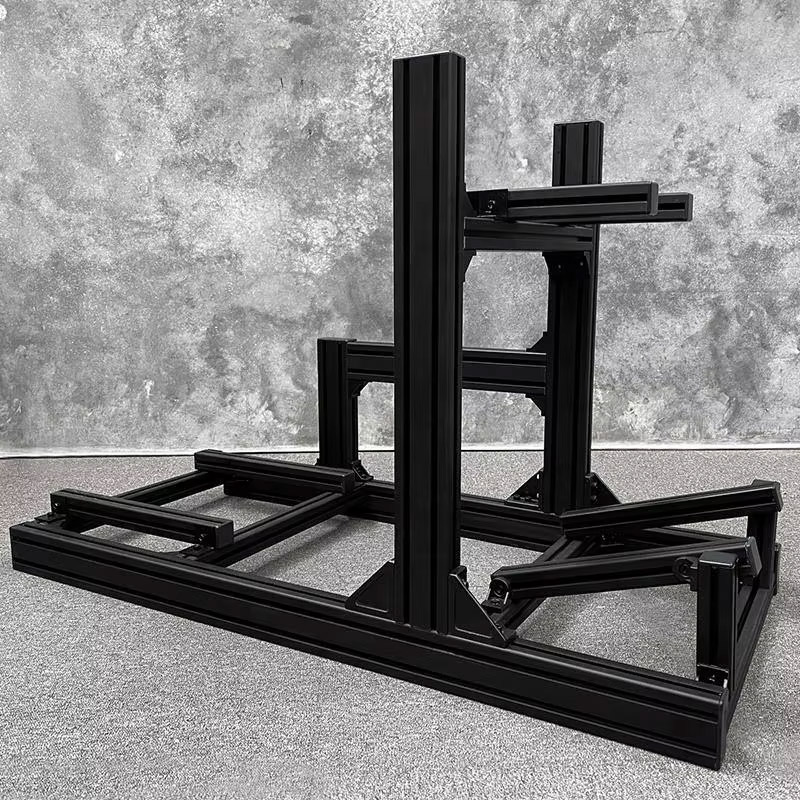
Durability and strength
One of the most notable features of aluminum frame simulators is their exceptional durability and strength. Aluminum is known for its lightweight yet robust properties, making it an ideal material for constructing simulators that need to withstand rigorous use. The frames are designed to provide stable support, ensuring that the simulator remains intact even during intense VR experiences. This durability not only enhances the lifespan of the simulator but also ensures the safety of users.
Lightweight design
Another significant advantage of aluminum frame simulators is their lightweight design. The use of aluminum allows for the creation of sleek and compact simulators that are easy to transport and set up. This portability makes them perfect for various applications, from gaming arcades to educational institutions. Additionally, the lightweight nature of the frames reduces the overall cost of shipping and installation, making them a cost-effective choice for businesses and organizations.
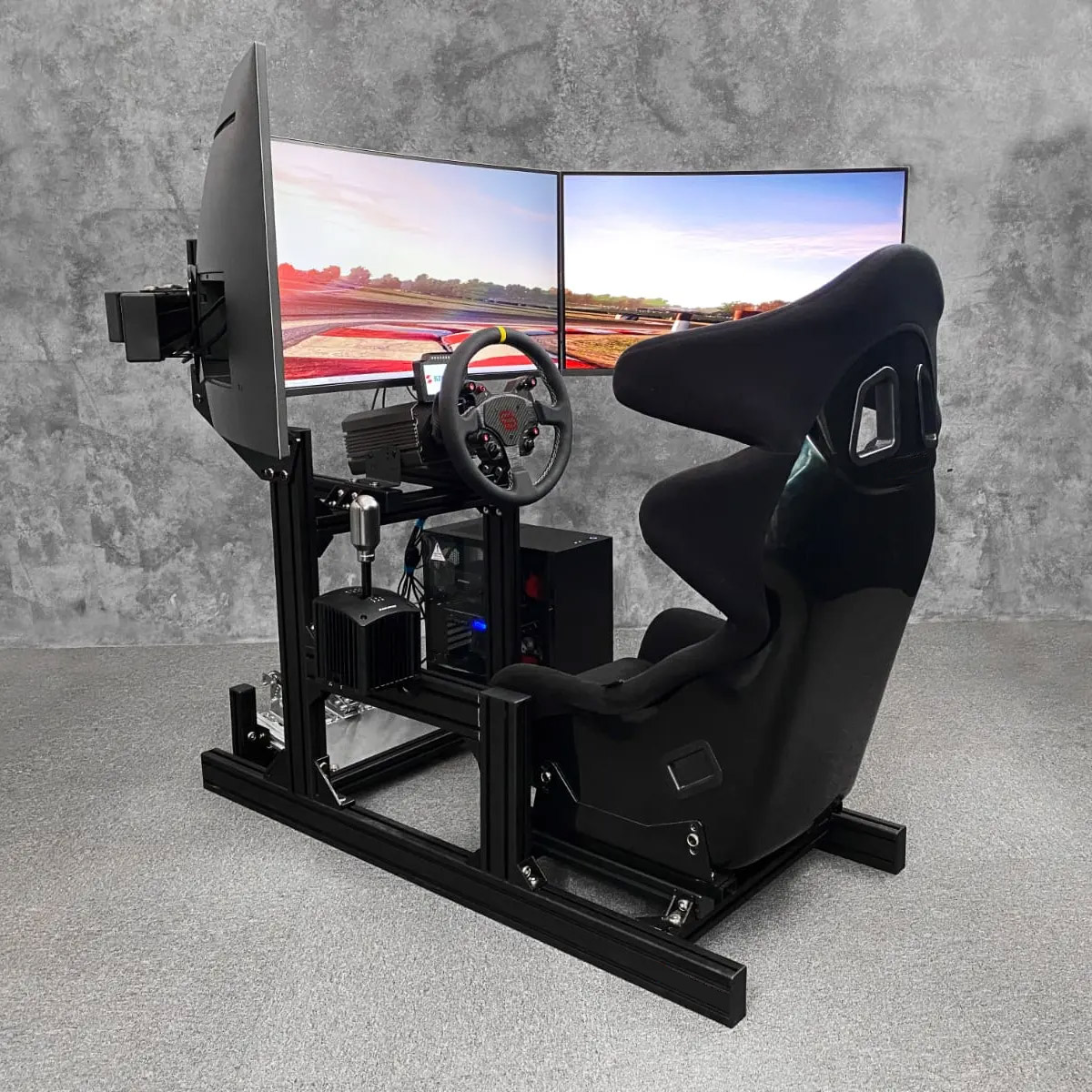
Versatility and customization options
Aluminum frame simulators also offer a high degree of versatility and customization options. The modular design of these frames allows for easy adjustments and modifications to suit different VR experiences. Whether it’s a racing simulator, flight simulator, or a multi-purpose VR platform, aluminum frames can be tailored to meet specific requirements. This adaptability makes them suitable for a wide range of industries, including entertainment, training, and healthcare.
Enhanced user experience
Perhaps one of the most compelling benefits of aluminum frame simulators is their ability to enhance the overall user experience. The combination of a sturdy frame, precise motion control, and immersive VR technology creates a seamless and engaging environment for users. The smooth and responsive movements of the simulator, coupled with the realistic visuals and audio, transport users to a whole new level of virtual reality. Whether it’s for gaming, training, or therapeutic purposes, aluminum frame simulators provide an unparalleled experience that keeps users coming back for more.
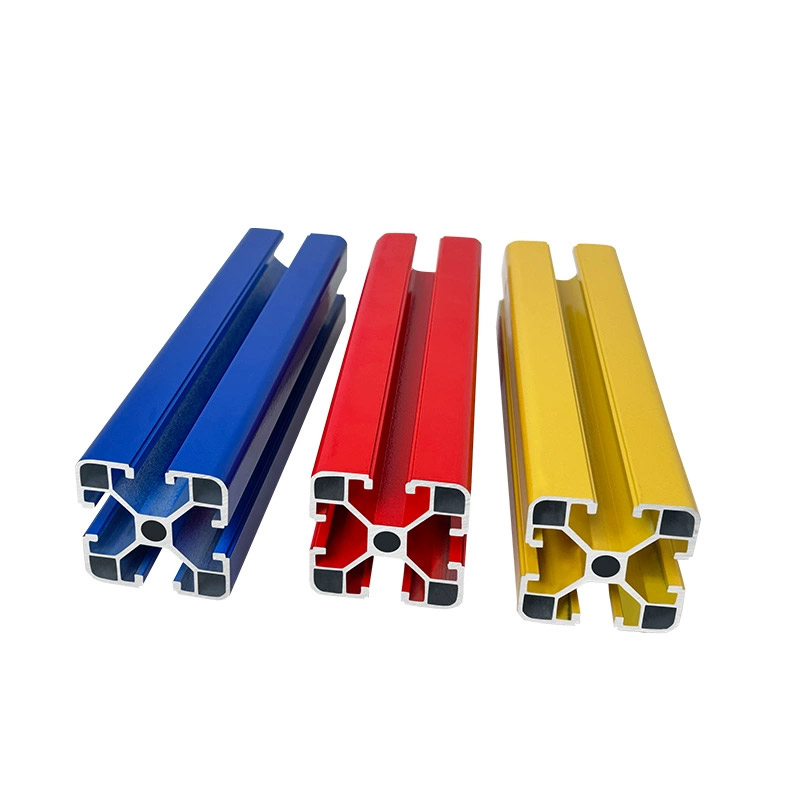
Cost-effectiveness and energy efficiency
In addition to their impressive features and benefits, aluminum frame simulators also offer cost-effectiveness and energy efficiency. The lightweight nature of aluminum frames reduces the overall weight of the simulator, which in turn lowers transportation costs. Moreover, the energy-efficient design of these simulators ensures that they consume less power, resulting in significant cost savings for businesses and organizations. By investing in aluminum frame simulators, companies can achieve a high return on investment while minimizing their environmental footprint.
Conclusion
In conclusion, aluminum frame simulators have emerged as a game-changer in the world of virtual reality. With their durability, lightweight design, versatility, and customization options, these simulators offer a range of key features and benefits that make them a top choice for various industries. From enhancing the user experience to providing cost-effectiveness and energy efficiency, aluminum frame simulators are at the forefront of VR innovation. As technology continues to evolve, it’s clear that aluminum frame simulators will play a pivotal role in shaping the future of virtual reality.
Choosing the right aluminum frame for VR simulators
When it comes to selecting the right aluminum frame for VR simulators, there are several key factors to consider. The frame’s design, material quality, and compatibility with VR equipment all play a crucial role in ensuring optimal performance and user experience. In this section, we will explore these factors in detail and provide insights into how to choose the best aluminum frame for your VR simulator needs.
Frame design and compatibility with VR equipment
The design of the aluminum frame is a critical aspect that determines its compatibility with various VR equipment. It is important to choose a frame that is specifically designed to accommodate the specific VR hardware and accessories you plan to use. This includes considerations such as the size and weight of the VR headset, the positioning of sensors, and the mounting options for controllers and other peripherals. A well-designed frame will ensure a secure and stable fit for the VR equipment, minimizing any potential interference or misalignment that could affect the user’s experience.
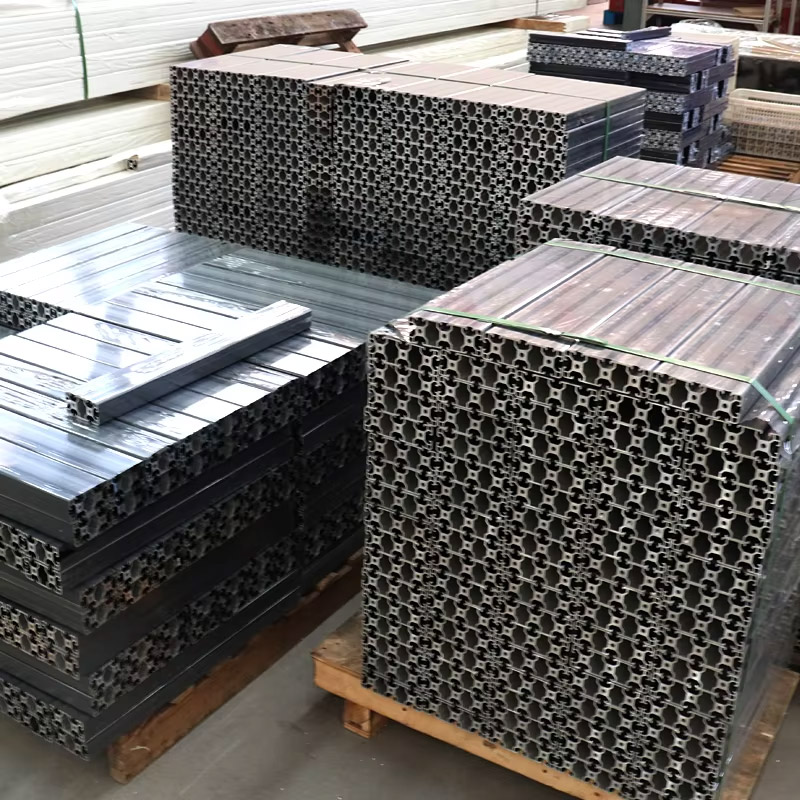
Material quality and durability
The material quality of the aluminum frame is another crucial factor to consider. High-quality aluminum alloy is known for its strength, durability, and resistance to corrosion. This ensures that the frame can withstand the rigors of regular use and maintain its structural integrity over time. Additionally, frames made from premium materials are less likely to experience issues such as bending, warping, or weakening, which could compromise the performance of the VR simulator. Investing in a frame with superior material quality is essential for long-term reliability and durability.
Weight distribution and stability
Proper weight distribution and stability are vital for the overall performance and safety of the VR simulator. The aluminum frame should be designed to evenly distribute the weight of the VR equipment and any additional components, such as speakers or fans. This helps to prevent any imbalances that could lead to tipping or instability during use. Additionally, the frame should be equipped with adjustable feet or leveling mechanisms to ensure a secure and stable base on various surfaces. A well-balanced and stable frame will enhance the user’s experience by providing a smooth and immersive virtual environment.
Ease of assembly and disassembly
Ease of assembly and disassembly is another important consideration when choosing an aluminum frame for VR simulators. The frame should be designed with user-friendly features that allow for quick and hassle-free setup and takedown. This is particularly important for businesses or organizations that need to transport the simulator frequently or set it up in different locations. Look for frames that come with clear instructions, pre-drilled holes, and tool-free assembly options. This will save time and effort during the setup process and ensure that the frame can be easily disassembled for storage or transportation.
Customization options
Customization options are also worth considering when selecting an aluminum frame for VR simulators. Some frames offer modular designs that allow for easy customization and expansion. This can be beneficial if you anticipate needing to upgrade or modify your simulator in the future. Look for frames that offer interchangeable components, such as adjustable armrests or detachable legs, to accommodate different user preferences and requirements. The ability to customize the frame ensures that it can adapt to your evolving needs and provide a tailored VR experience.
Conclusion
In conclusion, choosing the right aluminum frame for VR simulators involves considering factors such as frame design, material quality, weight distribution, stability, ease of assembly, and customization options. By carefully evaluating these factors and selecting a frame that meets your specific needs, you can ensure optimal performance, durability, and user experience for your VR simulator. Whether you are a business owner, educator, or VR enthusiast, investing in the right aluminum frame is a crucial step towards creating an immersive and engaging virtual reality experience.
Conclusion
In conclusion, the journey through the world of indoor VR simulators has unveiled the pivotal role that aluminum frames play in this rapidly evolving industry. These frames, often overlooked, serve as the backbone of these immersive experiences, providing both stability and versatility. As we look to the future, it’s clear that the aluminum frame will continue to be a cornerstone of innovation, enabling developers to push the boundaries of what’s possible in virtual reality. For those seeking to stay at the forefront of this technology, understanding and investing in these essential components is key to unlocking the full potential of indoor VR simulators.













